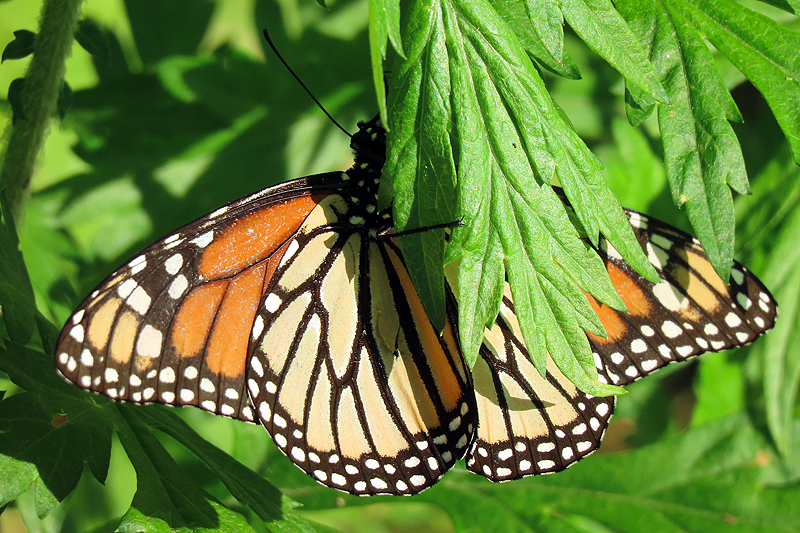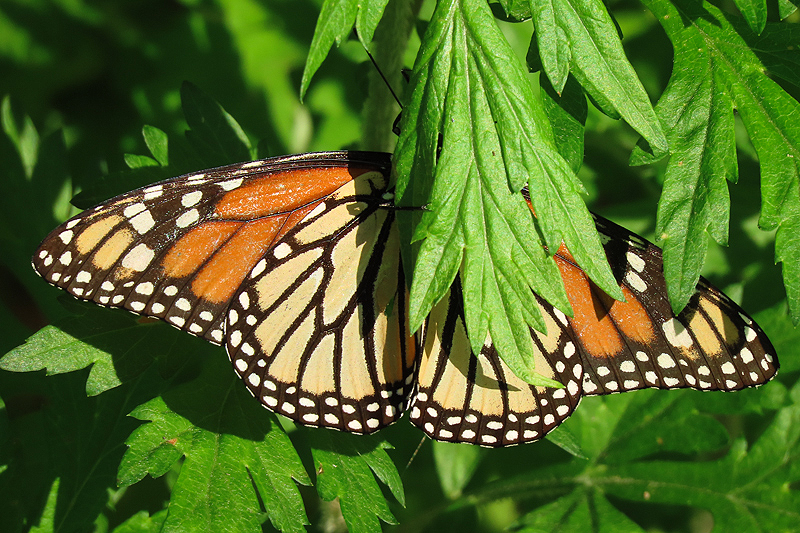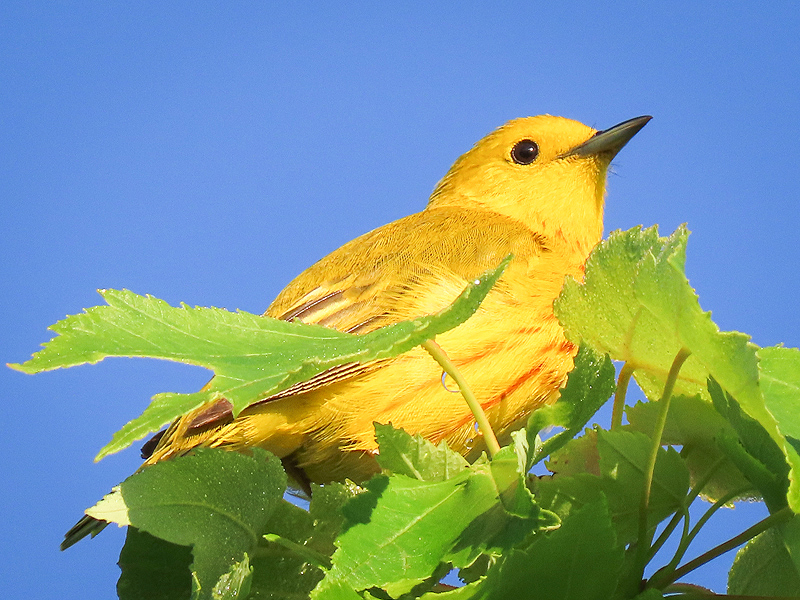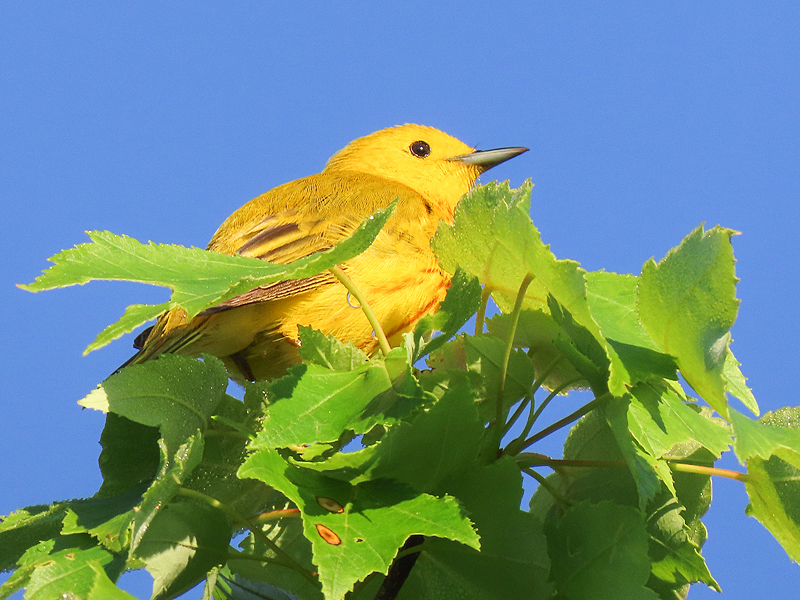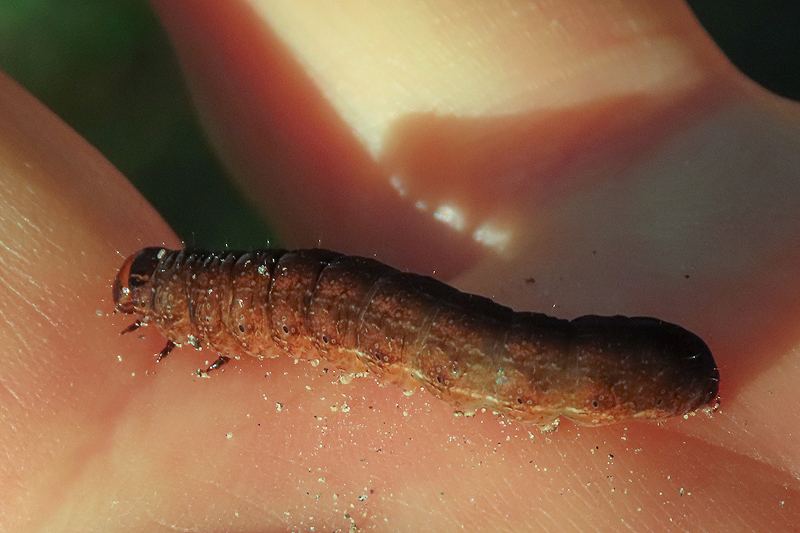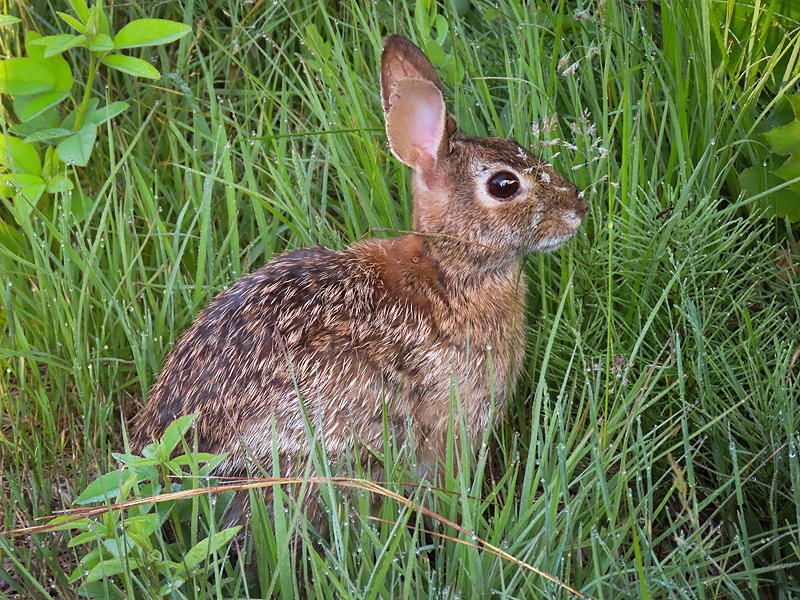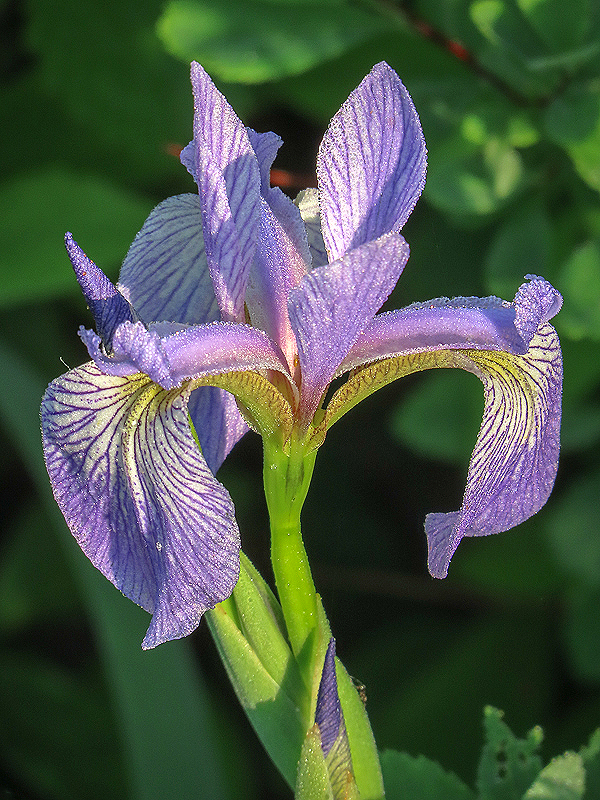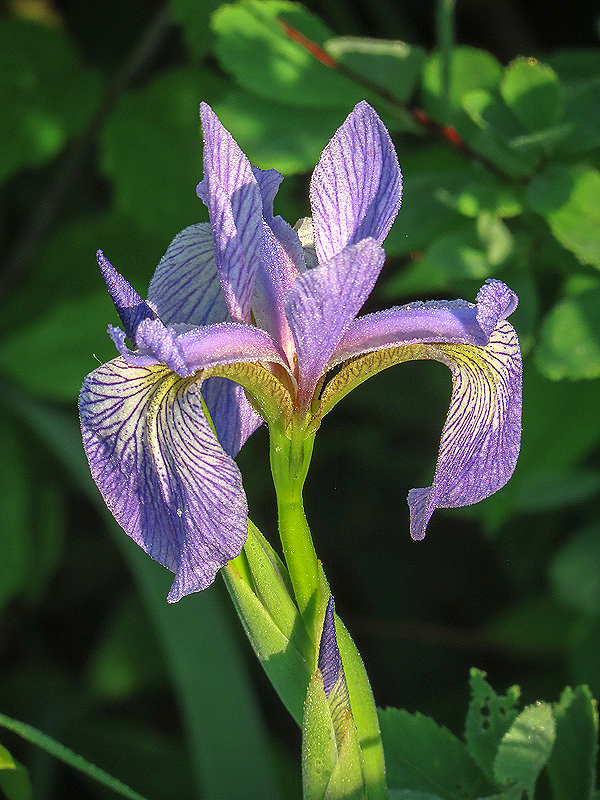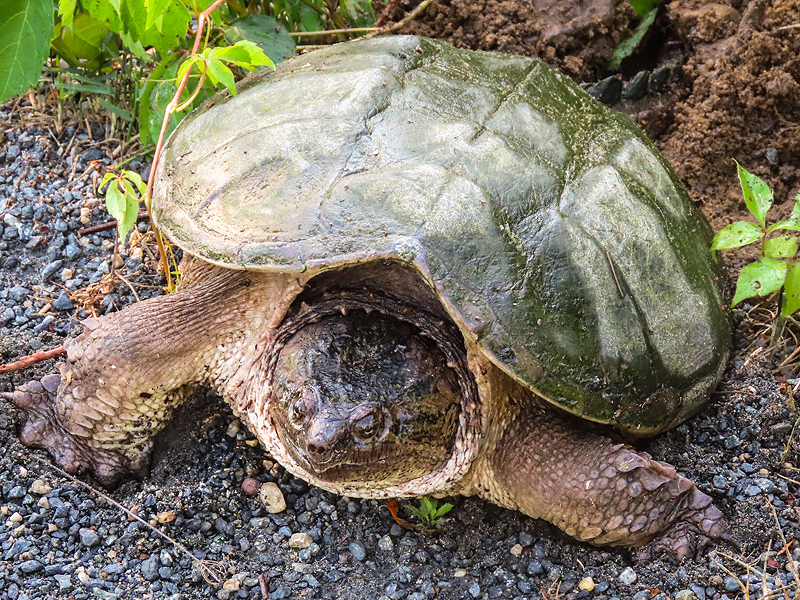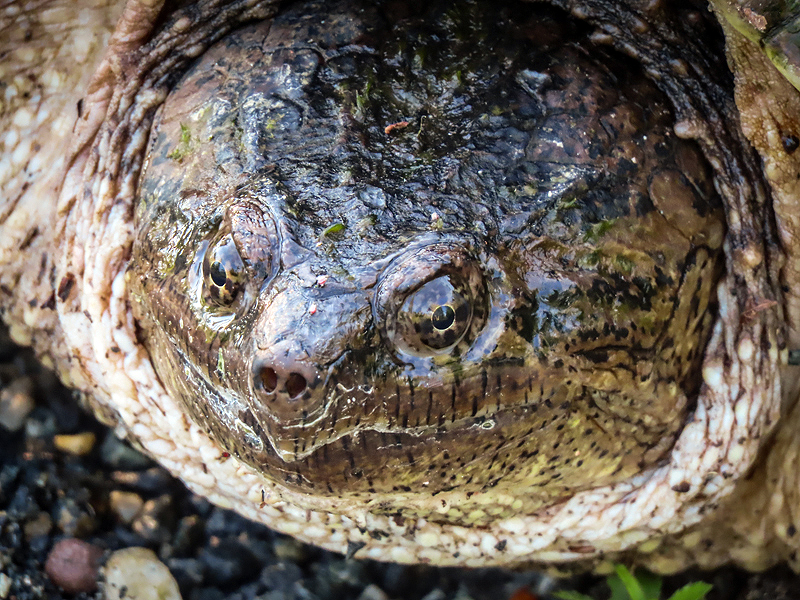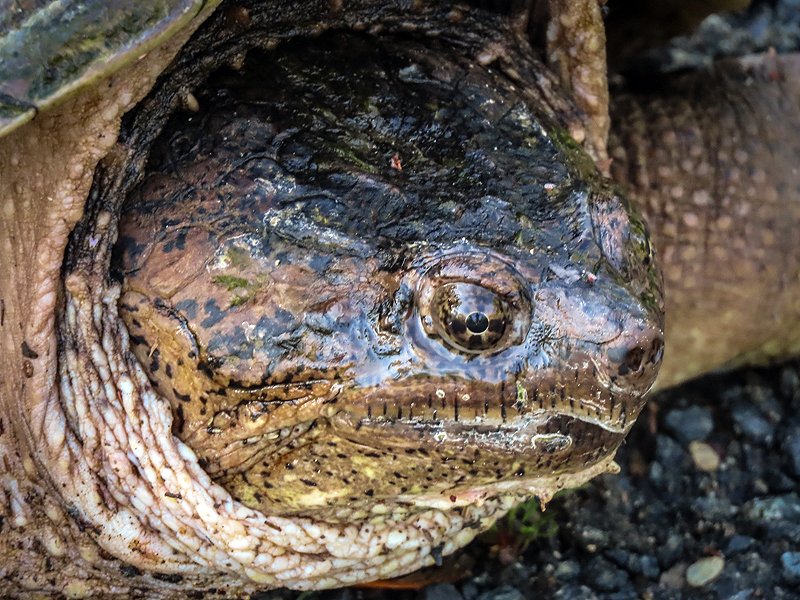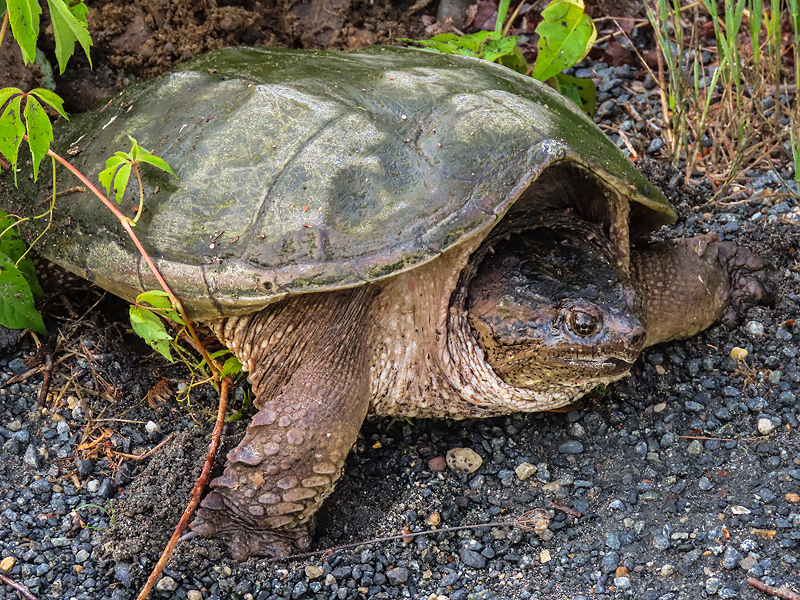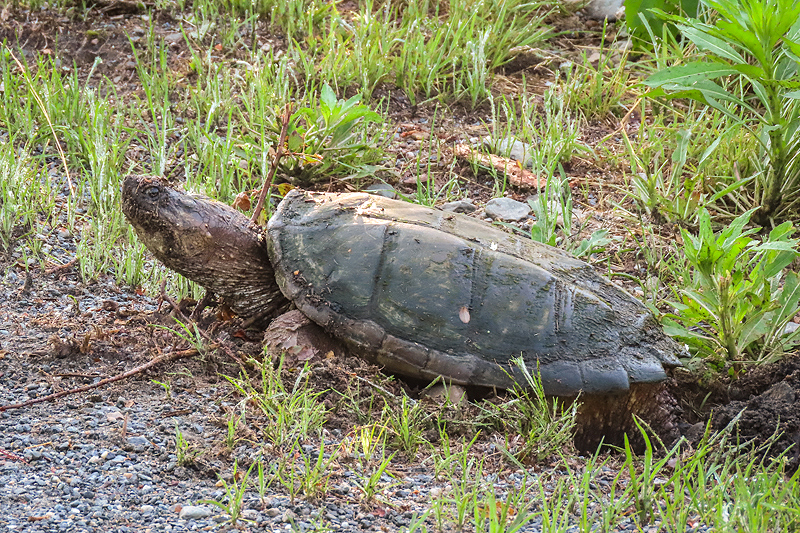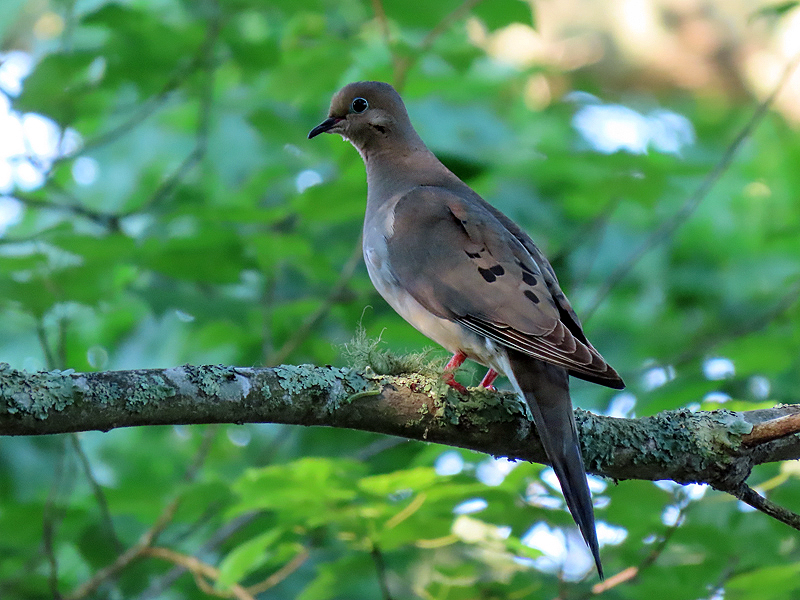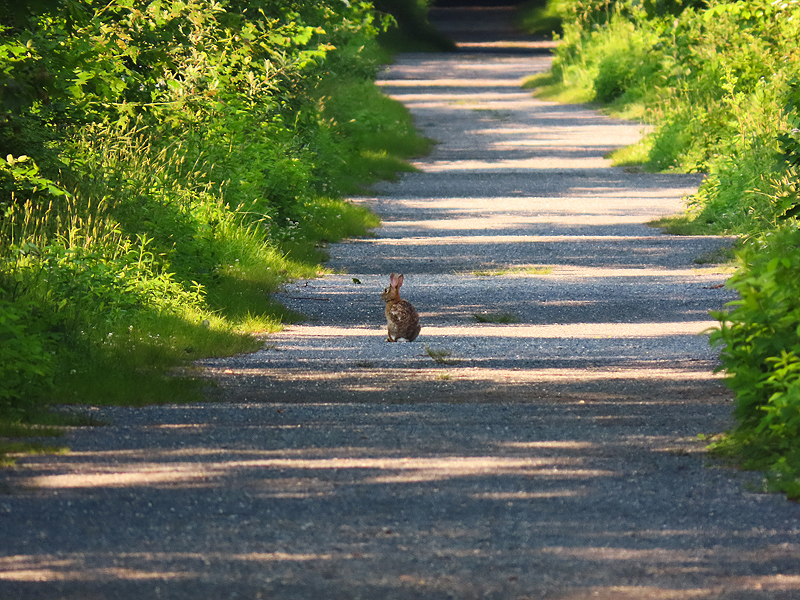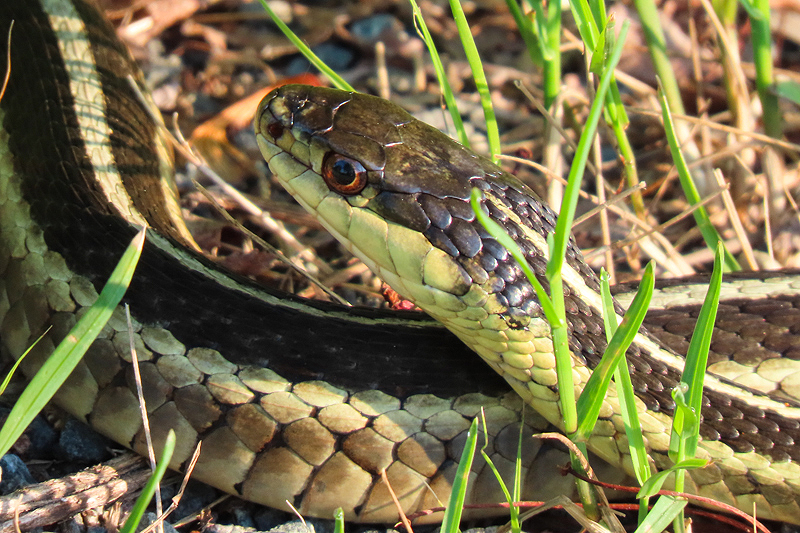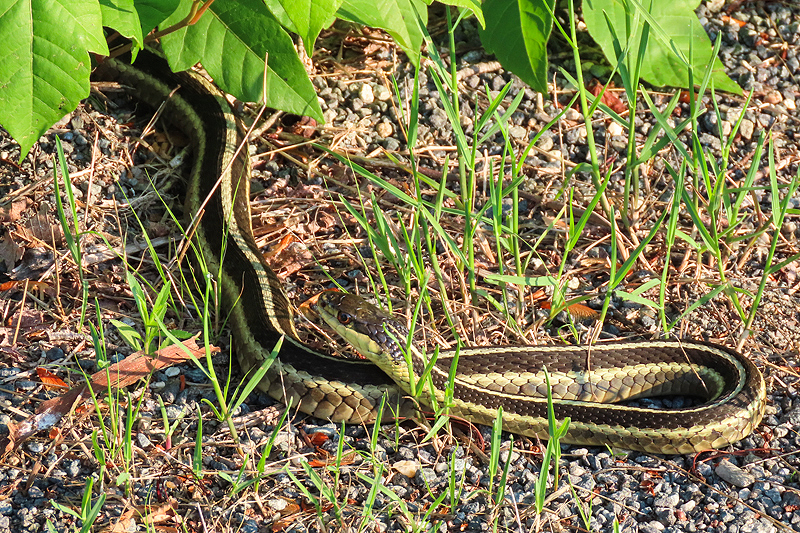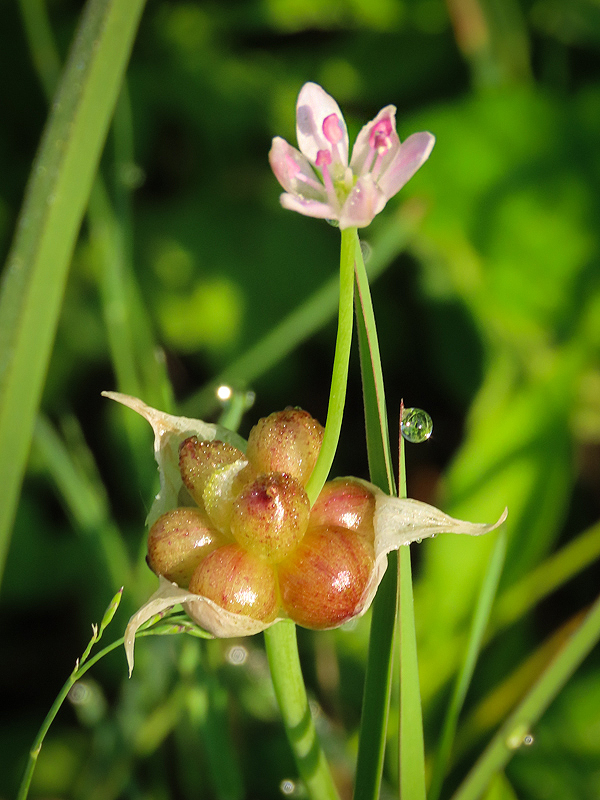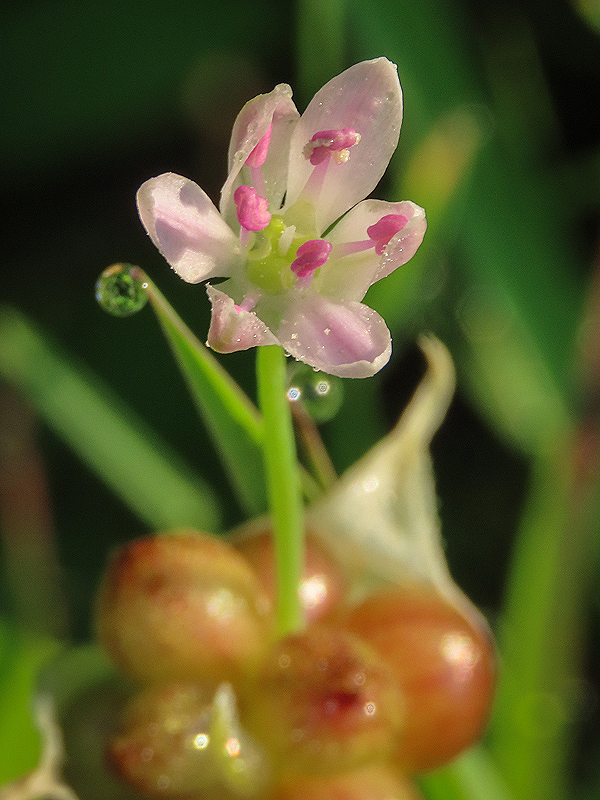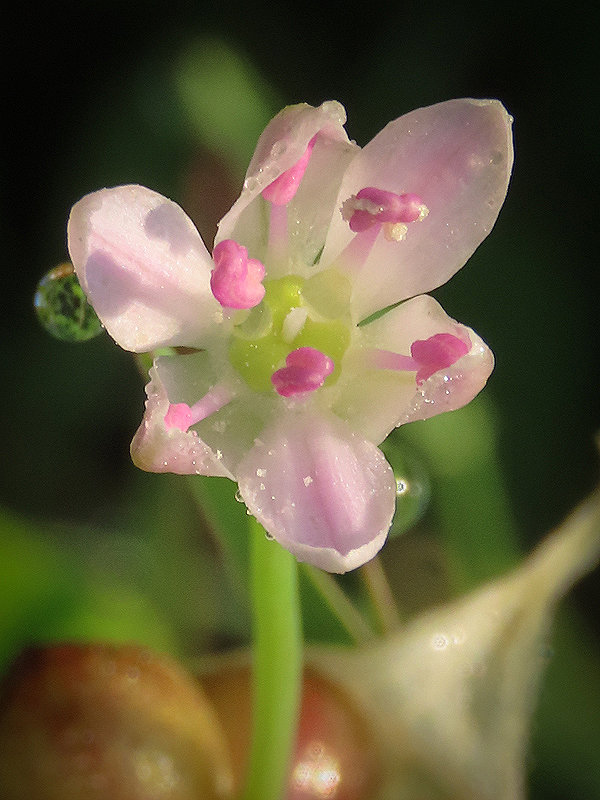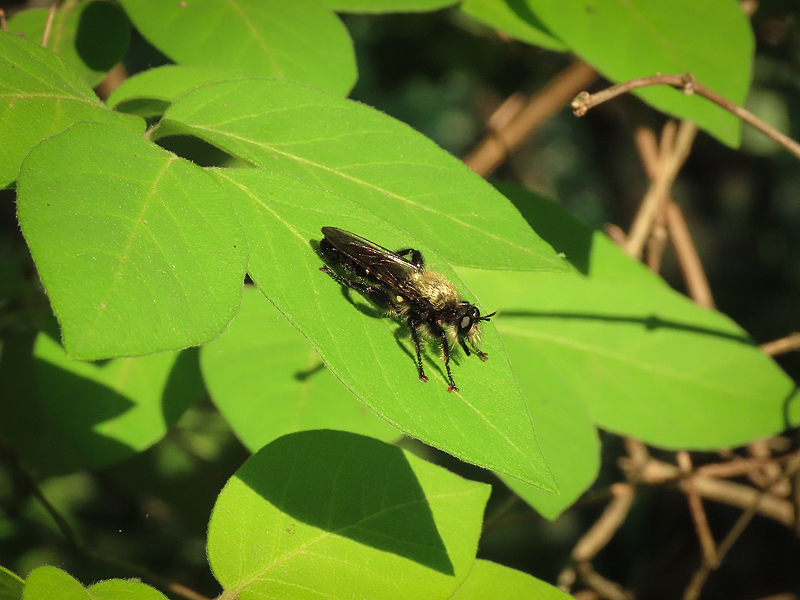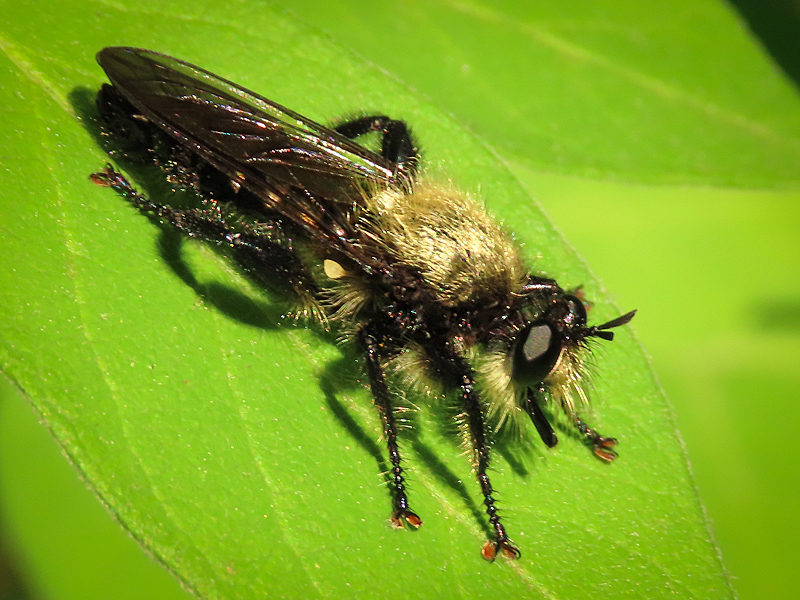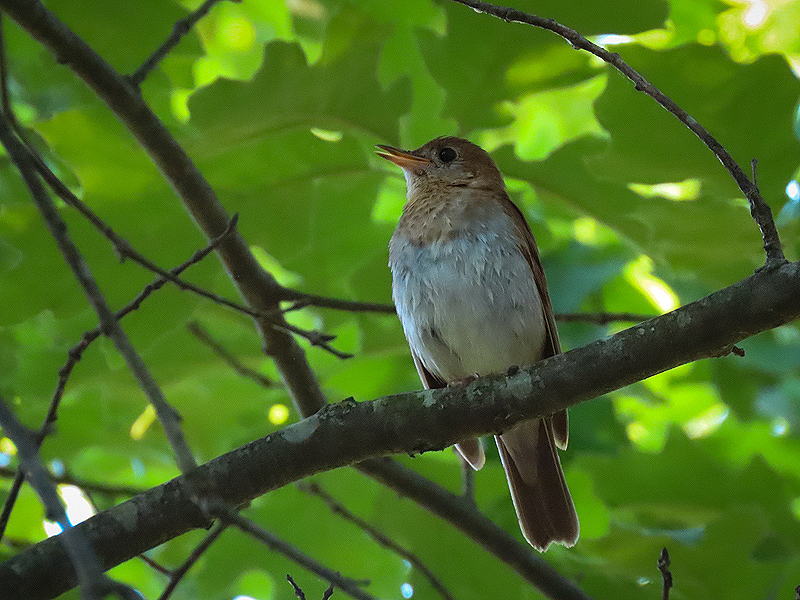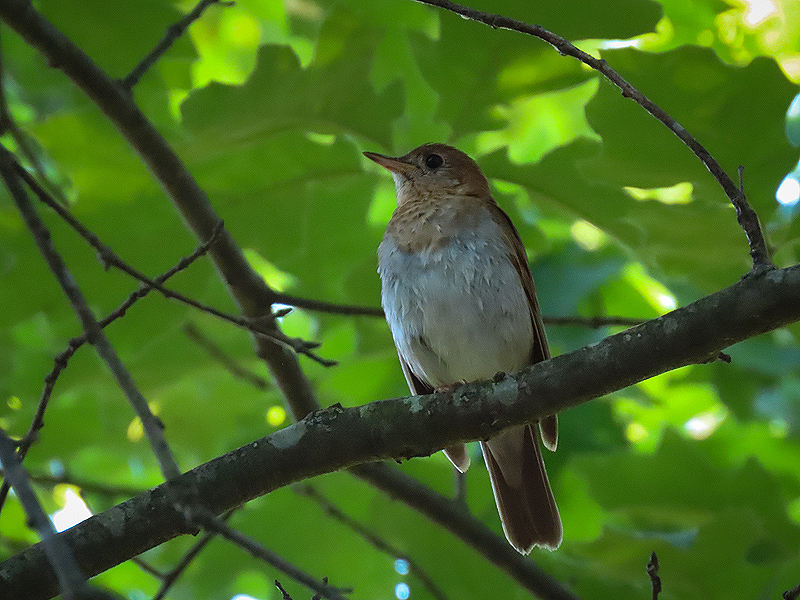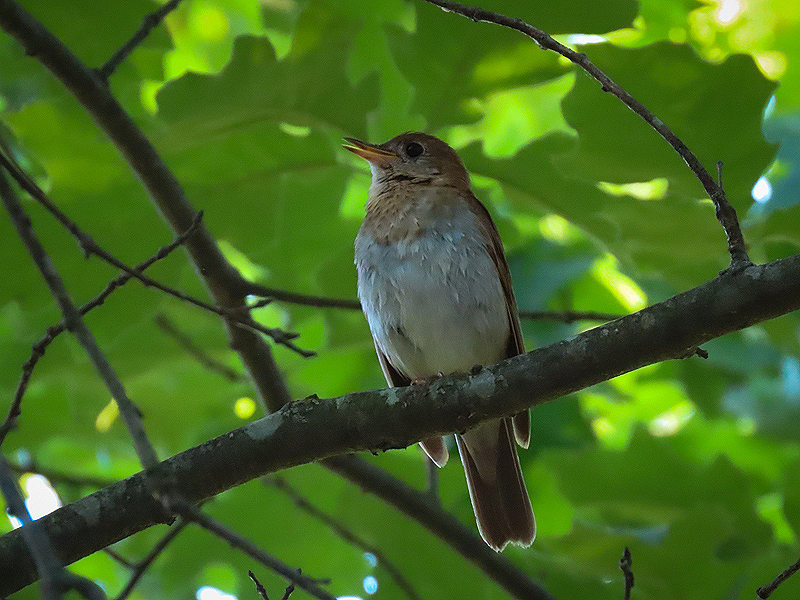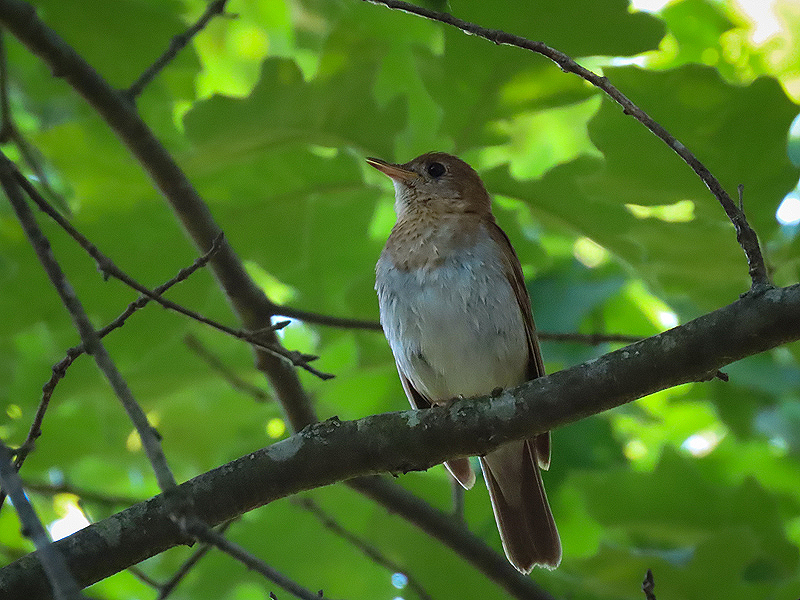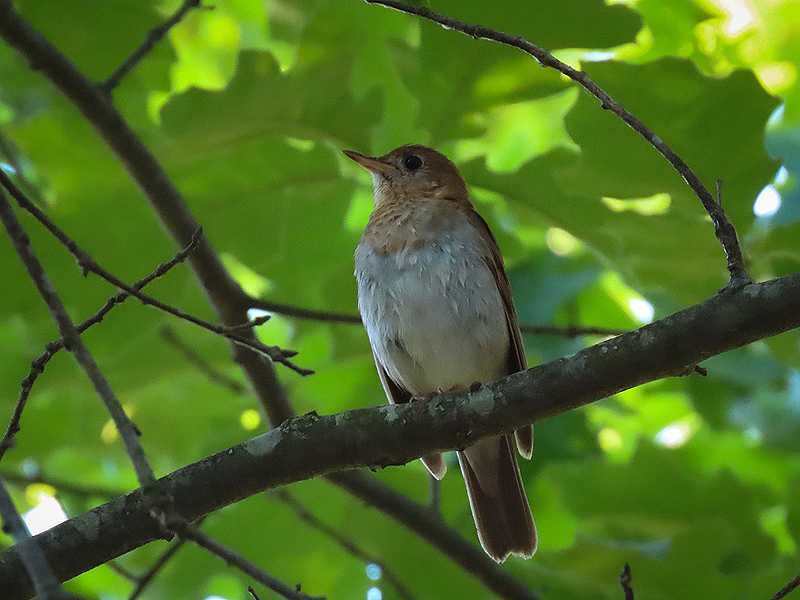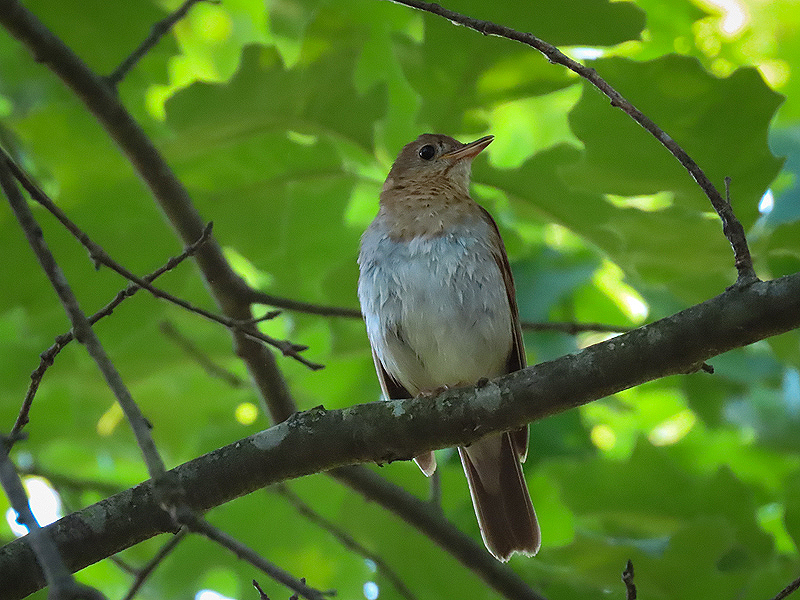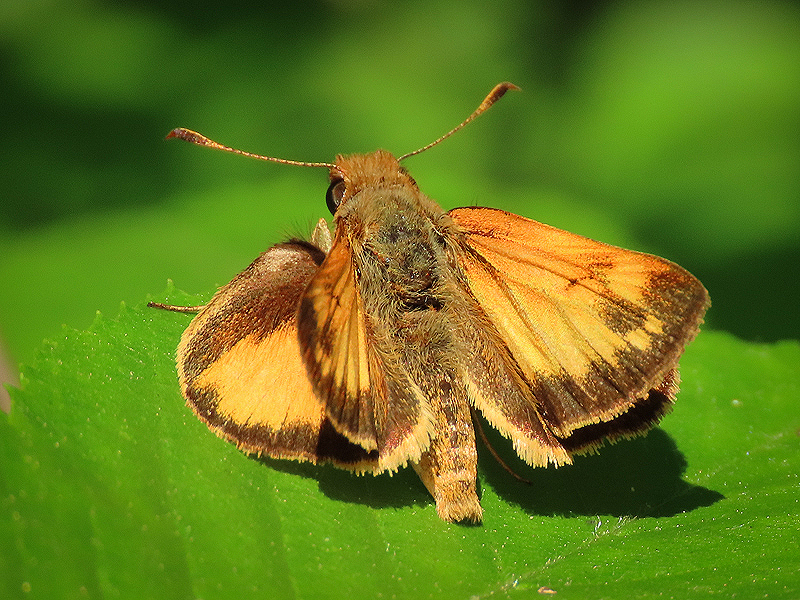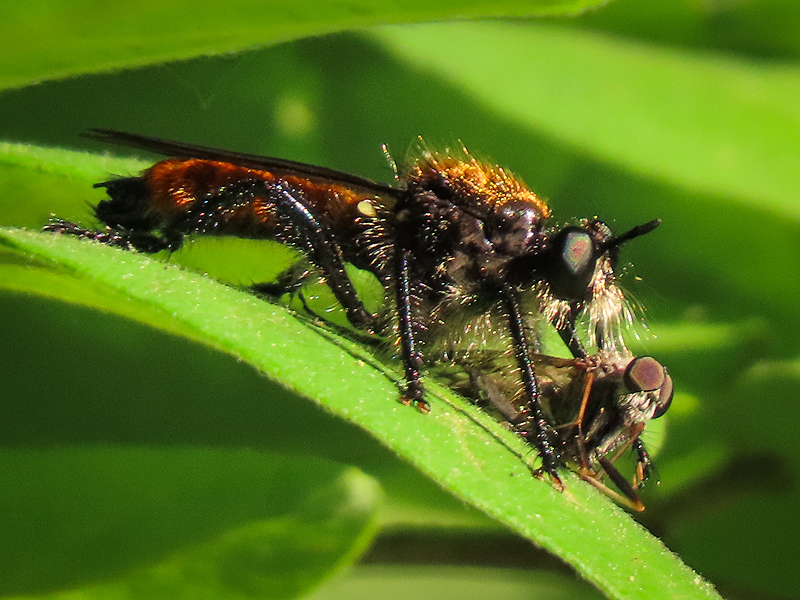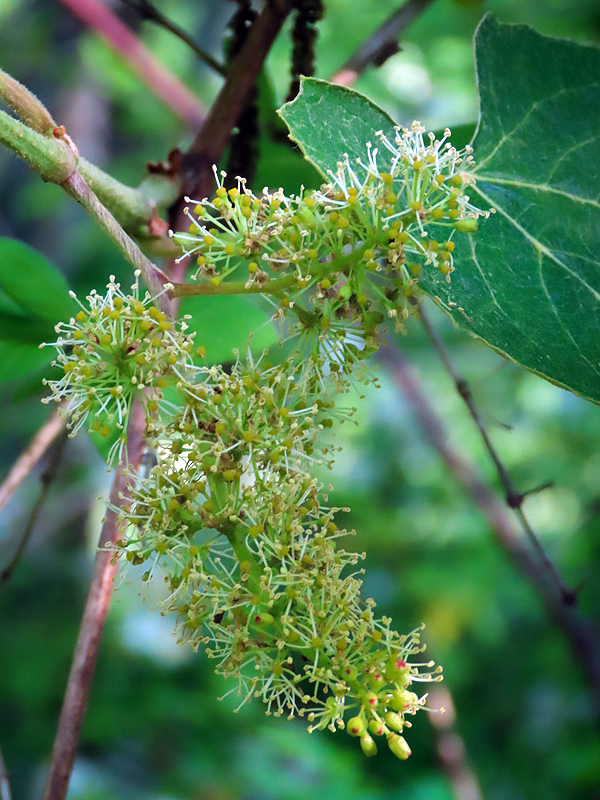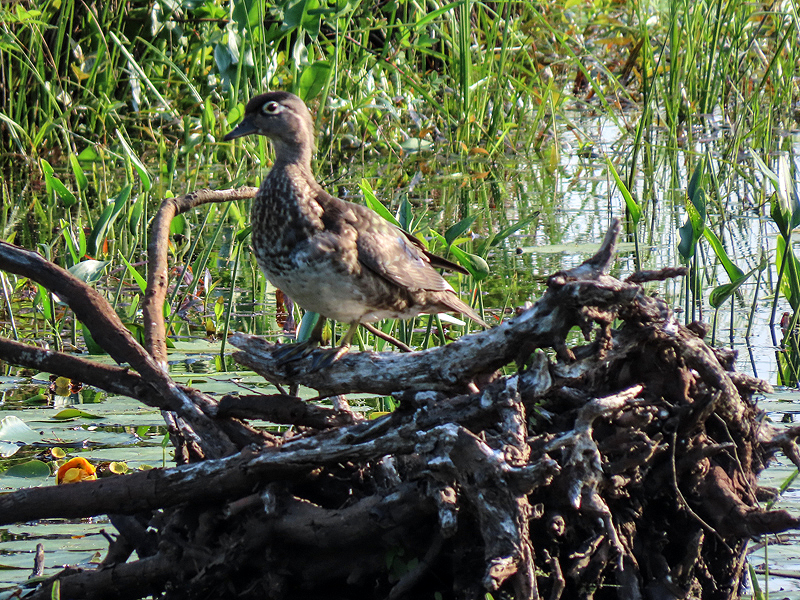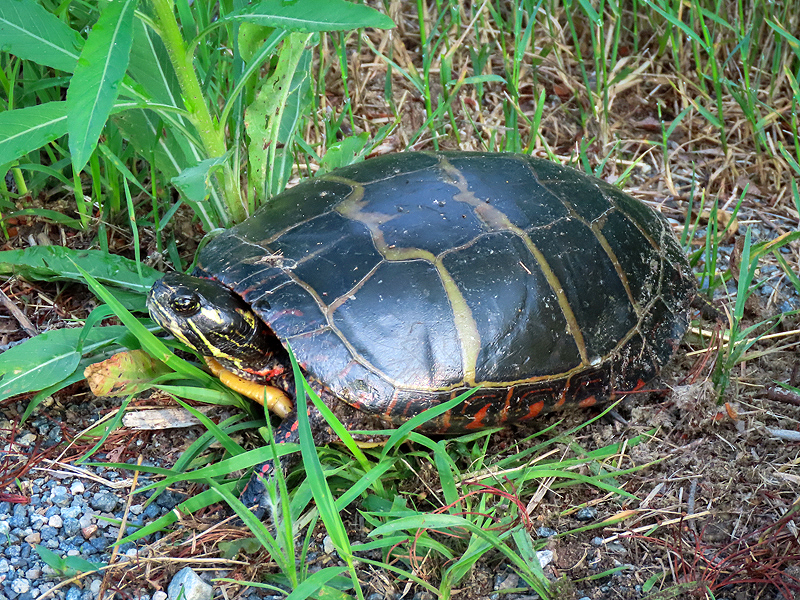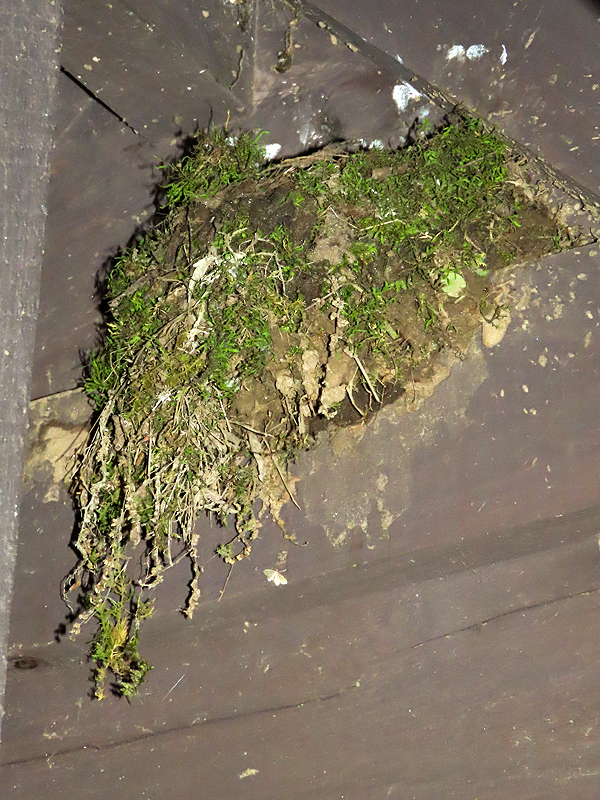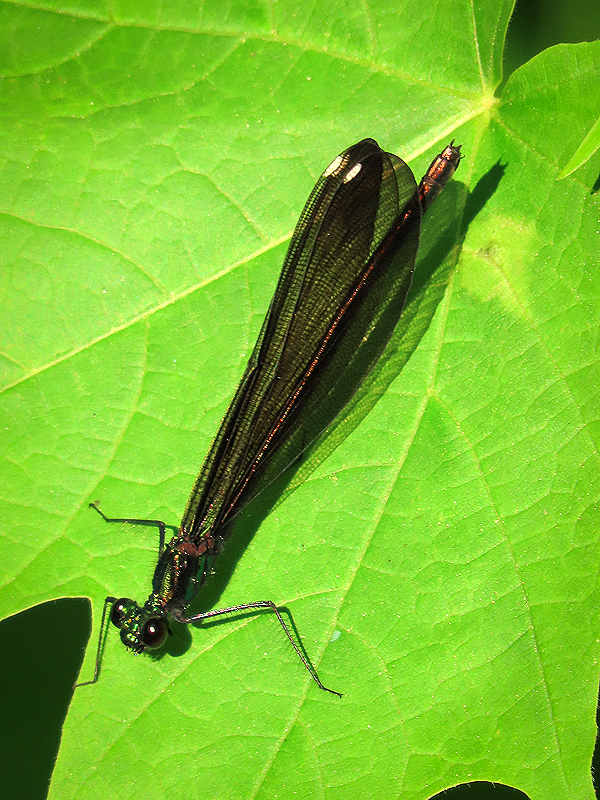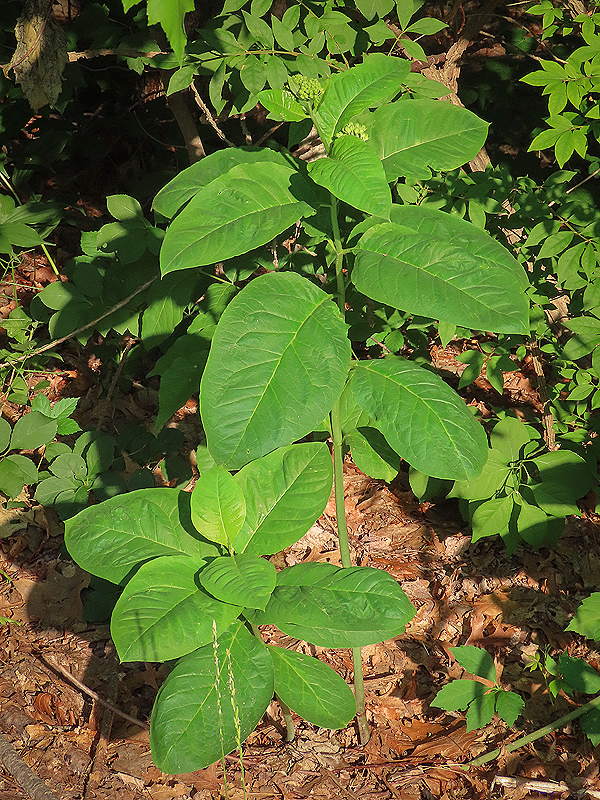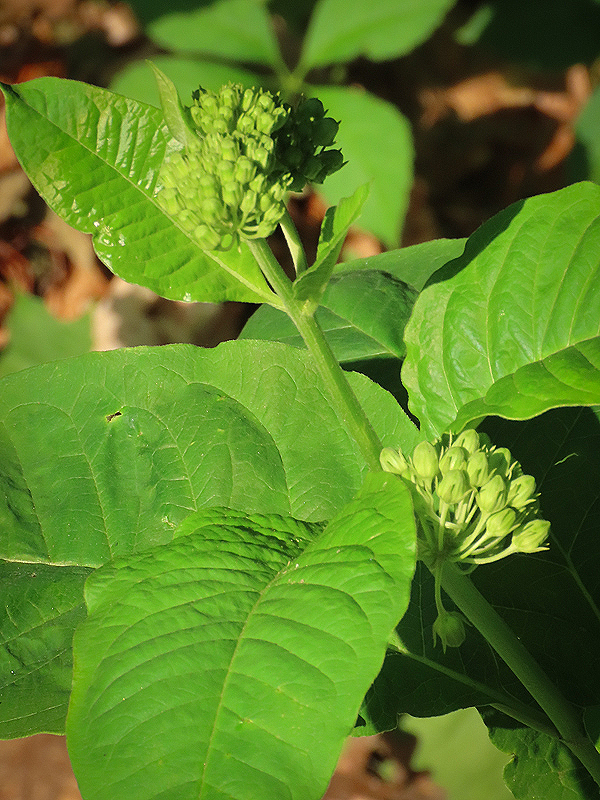Along the Air Line... 2021 - Spring, Part 24 The Air Line Trail in Eastern Connecticut - Stan Malcolm Photos |
HOME: Air Line... 2021 Pages Menu Stan's FlickR Albums |
June 6th. First returning Monarch (Danaus plexippus) I've seen. A female with enough missing scales from its wings to conclude it has come far. |
|
More flying things. Yellow Warbler (Dendroica petechia). |
|
|
A female Spreadwing Damselfly (Family Lestidae, Lestes sp.). |
Caterpillar of the Straight-toothed Sallow moth (Eupisilia vinulenta). |
The usual morning Eastern Cottontail (Sylvilagus floridanus). |
Dew on a Larger Blue Flag iris (Iris versicolor). |
|
Female Snapping Turtle (Chelydra serpentina) laying eggs. |
|
|
|
Another Snapper not far away. |
June 7th. A few days ago, the Eastern Phoebe (Sayornis phoebe) nest under the shelter of a sign board near Route 85 was scraped away by a clean-up crew. I'm pleased to see that the Phoebe is building a replacement. |
Mourning Dove (Zanaida macroura). |
The daily bunny. Eastern Cottontail (Sylvilagus floridanus). |
I think this is an Eastern Ribbon Snake (Thamnophis sauritus sauritus)... |
...though the coloration of some Eastern Garter Snakes (Thamnophis sirtalis sirtalis) is very similar. |
|
Wild Garlic (Allium canadense) flowers have opened, elevated above the plant's "bulblets". |
|
|
Recently (https://www.performance-vision.com/airline2021/airline-spring-21v.html#flies) I told the story of a "lek" of flies I see each year at the same spot. |
Today, amid the gathered flies, I photographed this Bee-like Robber Fly (Laphria sp., perhaps L. sericealatkis complex). They commonly kill and eat true bumblebees but I suspect would not pass up a meal of Pollenia labialis flies near at hand. |
Veery (Catharus fuscesens). I hear them far more often than I see them. |
|
|
|
|
Hobomok Skipper (Poanes hobomok). |
June 8th. Sure enough, this morning at the "lek" I caught yesterday's or a similar Bee-like Robber Fly (Laphria sp., perhaps L. sericealatkis complex) with a Pollenia labialis fly impaled on its beak. |
So the "lek" aggregation of male flies hoping to mate with a female also can serve as a focal point for predators. |
Grape (Vitus sp.) is blooming now though the flowers are far from showy. |
A female Wood Duck (Aix sponsa). Ducklings nearby? |
Yes, two ducklings. Good sized but still with very short wings. |
Several Painted Turtles (Chrysemys picta) were preparing to bury their eggs. |
The Phoebe (Sayornis phoebe) nest is more complete today. |
A female Ebony Jewelwing (Calopteryx maculata) damselfly basking in the morning sun. The white patch at the wing tip, called a stigma, is dark in males. Also, the metallic green/bronze body is not as bright as that of males. |
The two Poke Milkweed (Asclepias exaltata) plants at the Route 85 trailhead survived the recent mowing and weed whacking. |
The flowers will be stunning in a few days. I photograph them every year, and every year I fear it will be their last. I know of no more of these plants on the trail - or elsewhere for that matter. |
